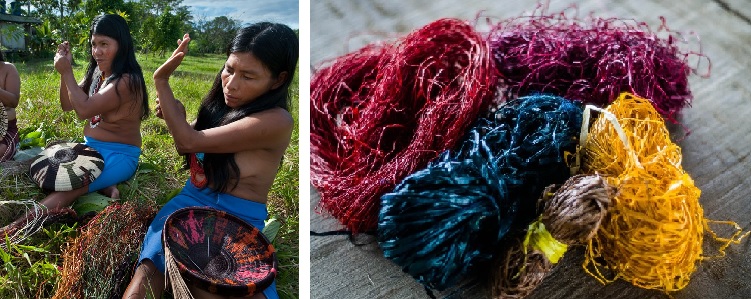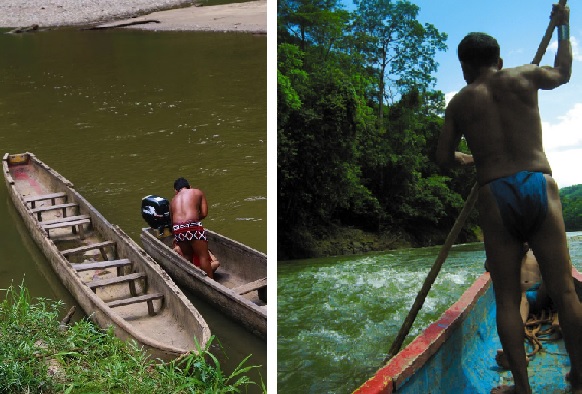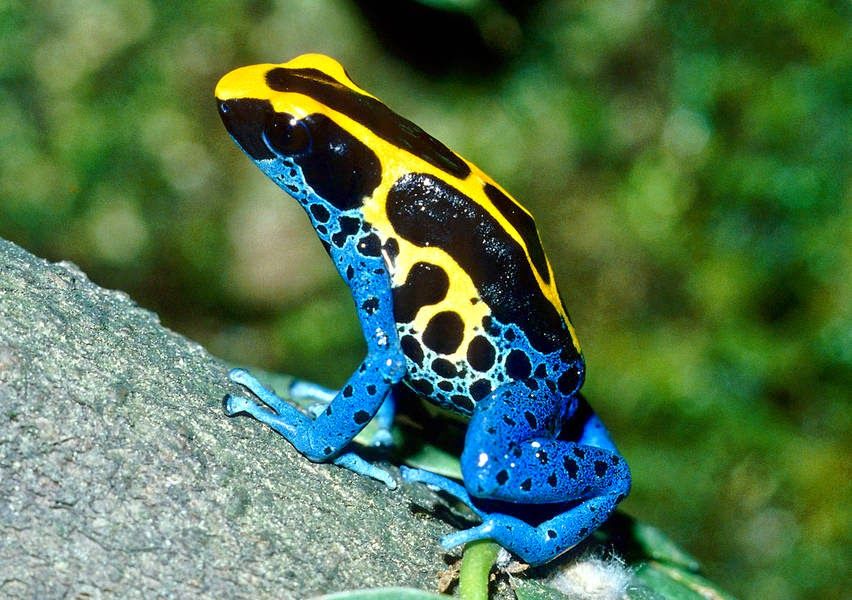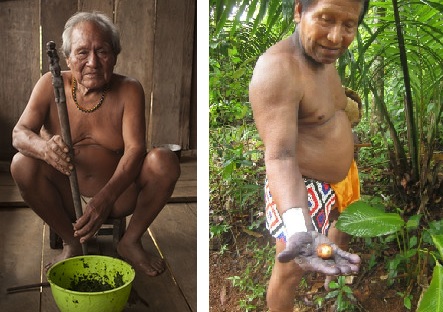
The Emberá and Wounaan ethnic groups, formerly known as Chocoes, are divided into two indigenous groups: the Emberá (Panama and Darien) and the Wounaan (Darien). Their costumes, habits and customs are the same, with the only difference through their language that is totally different. The Emberás speak the Embera and the Wounaan the Nómara. Their colorful and striking wardrobe is made up of wide skirts of printed textiles and the naked torso in women, and in men, loincloths or “paruma” to hide their genitals. They both use body and face paint. Emberás – Wounaan women carry necklaces made with silver beads and coins on their necks, thick silver bracelets and the Wounaan additionally adorn their hair with natural red ¨papos¨ (cayenne).

In the Comarca Emberá – Wounaan, there are the Emberá indigenous women, they are recognized among the most beautiful indigenous people of America, they are characterized by their way of dressing since they wear a narrow skirt of bright colors and wear the upper part of their body exposed. The men use the loincloth or parumas, both tend to paint their face and body with natural dyes or “jagua” (body paint) that they obtain or manufacture themselves.

Their dances are characterized by dancing in groups at parties and ceremonies. They are accompanied by music produced by the accordion, flutes, drums, and rattles. It is customary to perform this dance in very important ceremonies and rituals such as the puberty ceremony, or the ceremony of the ¨chicha¨. In addition, it must be said that the music that they interpret, its rhythm is like a lament.

They have craft, hunting, construction, and spiritual customs that we will show below:
Cocobolo wood carving
The cocobolo (Dalbergia retusa), is a native tree of Central America. Of beautiful color, hardness and density, its wood is magnificent for making handcrafts. The Emberá-Wounaan artists make them inspired by the nature that surrounds them, they also produce ceremonial objects and utensils.

It is one of the precious woods in greatest demand in the world. In danger of extinction, the Panamanian government ordered the prohibition of its logging (04.28.2011). The Emberá-Wounaan wait for their branches to fall or are old to cut them.
Basketry
They carry out their work with the fibers extracted from the young leaves of the chunga (Astrocaryum standleyanum) and the nahuala (Jipijapa, Carludovica palmata).

They produce baskets, mats, plates, ornaments and masks that often reproduce animal heads. In the elaboration of baskets (hösig di) the colors white, red and black are used, obtained with natural dyes; Their weave is so precise that they can hold water without it seeping through the fibers

Each piece of Emberá-Wounaan basketry is unique, the result of many hours of work. Designs can be inspired by those used in their body painting or animals in their environment.

In recent years they have incorporated other vegetable fibers and developed vivid colors and modern designs for their trade (“tourist” basketry).
Canoe, Canoe
Expert canoe builders made them by hollowing out a log. They used hawthorn cedar (Bombacopsis fendleri), espavé (Anacardium excelsum), or yellow pine (Lafoensia punicifolia). To propel them, oars -also in one piece- or long poles to push them.

The life of the Emberá – Wounaan revolves around the rivers, through them they transport the products they sell and make their social contacts.
Blowgun (Bodoquera)
U’gu (in Emberá), Patt’ër (in Wounaan) .Cerbatana
The blowgun was used for war and hunting, today for the latter. The joint and its darts are made with the stems of the chunga (Astrocaryum standleyanum).

Darts are poisoned with substances of plant or animal origin:
- Vegetable: With a small cut in the lower part of the stem of the pakurú-niara (from the Moraceae family) the sap is collected, then it is cooked over low heat. The projectile is smeared and left to dry in the sun.
- Animal: It is obtained from the skin of the Dendrobates Tinctorius frog. The animal is placed on a stick over the fire, the secretion it releases is poisonous. The projectiles rub against the skin.

The Emberá-Wounaan attribute their victories in the wars with the Gunas to their poisoned projectiles.
Jaibanism
An important aspect of the life of the Embera is their relationship with the jai spirits through their jaibanás, non-hereditary shamans who learn from their already experienced teachers, about the spiritual magic power, from which life, health, subsistence and nature.

The Jaibaná’s dealings with the Jai guarantee the fundamental activities of society and the continuity of natural cycles, while establishing the territoriality of the communities. These deals have a cosmological character to the extent that communication and agreements with the jai regulate exchanges between the different overlapping levels of the universe.